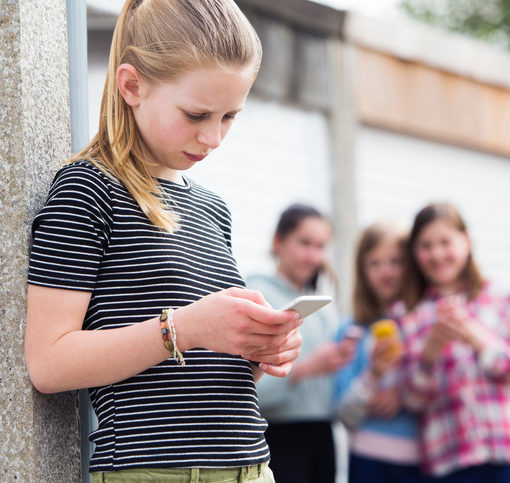If you’re the parent of a teen, you’ve probably at least heard of Instagram. The photo-sharing site is one of the more popular social media sites for teens, and that’s where a lot of selfies and carefully-curated photos show up. But what about Finsta?
No, it’s not another new social media site that you need to learn about – it’s still Instagram. “Finsta” is short for “Fake Instagram” – as in, a secondary Instagram profile that teens share with only a few select contacts. Take a look at what you need to know about Finsta accounts and whether they pose a risk to your teen.
Why Teens Create Finstas
There are many possible reasons why teens might want a less public way to share certain photos.
There are a few different reasons why a teen might want a secondary Instagram account. One reason is to share photos that aren’t as flattering as the ones they would share on their regular accounts. Instagram accounts are often highly curated in order to show the user’s best selves. Teens post their most attractive selfies and photos of their most exciting outings. They post content that will make them appear more popular, more interesting, and more beautiful.
On a Finsta, they can post their silly photos. They can post photos that document bad days. They can post about feeling sad, angry, or lonely. And with a Finsta, they’re exposing this more vulnerable side of themselves to only select, trusted friends. Teens may also have college admissions and employee monitoring in mind – using a Finsta with a fake name and keeping the number of people allowed to see it small ensures that people who search their real name will only see positive images.
Using a Finsta to work through their less-than-perfect moods and feelings may be a reasonable choice, though it still comes with some risk. However, teenagers Finstas for other reasons as well – to display racy photos that they know their parents won’t approve of, to show off photos of parties that included drug use and underage drinking, and even to arrange the purchase or sale of drugs. Finstas also show up in cases of cyberbullying.
The Risks of Finstas

A Finsta could be hiding risky behavior or pose a risk to your child’s reputation if it goes public.
While it makes sense for teens to separate their public and private personas in a time where college and employment decisions can often be affected by the information that appears online, it’s unwise for teens to assume that their Finsta will remain private and unconnected to them.
Teens should never assume that anything that they post online is private. Even if only a few friends can see their Finsta, all it takes to undo that privacy is for one of those friends to take screenshots of the page. It’s not uncommon for teen friend groups to fracture, and previously private photos can go public – even viral – if an angry ex-friend chooses to share them.
What’s more, if your teen has an Instagram account that they don’t want you to know about, that could mean that they’re engaging in risky behavior that you should know about. It’s one thing for a teen to have a Finsta designated for sharing silly photos or serious thoughts with their friends – it’s another thing if they’re using their Finsta to bully one of their peers. Like any social media profile, if your teen has a Finsta, you need to be aware of it.
Parental monitoring software can help you keep track of your teen’s social media accounts and help you put a stop to problematic online behavior before it becomes serious. To find out more about how parental monitoring software can help you monitor your teen’s internet behavior, get our risk free trial.





